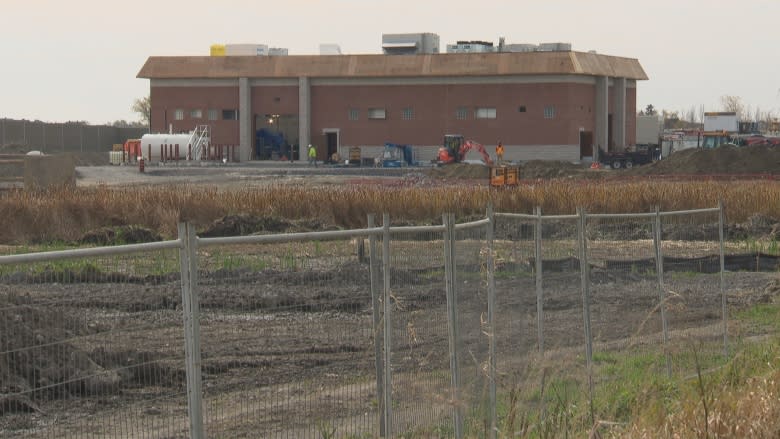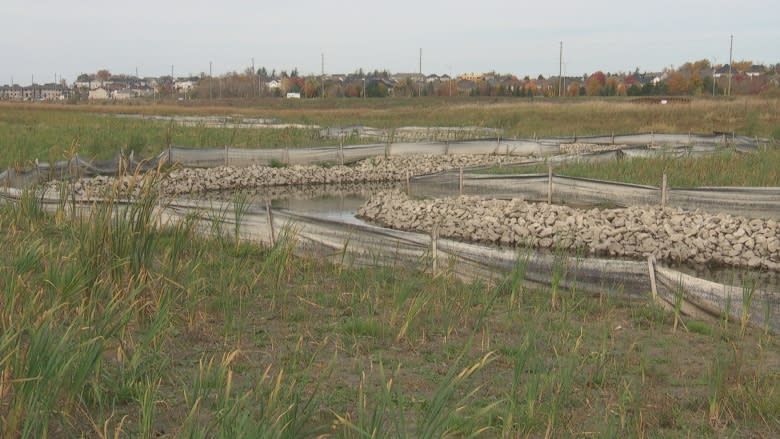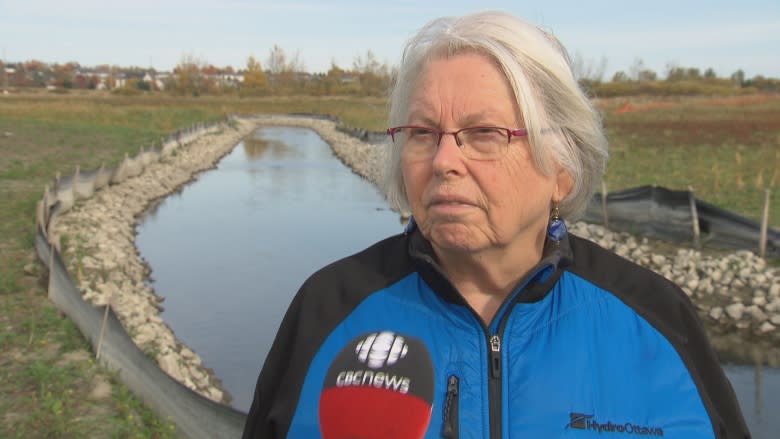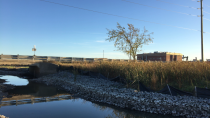Taxpayers on the hook for an extra $10M to help developers build homes in Kanata
Taxpayers are on the hook for $10 million more than planned after the cost for two projects to help developers build homes in the city's west end has shot up in the last decade.
The escalating price tags for the Kanata West sewage pumping station and the Carp River restoration — projects shared between the city and local developers — have received little to no public scrutiny, despite overshooting their original budgets by millions.
In the case of the pumping station, the cost of the project has ballooned from an estimated $15.95 million in 2012 to $61 million in 2017. The city's share of that project is about 10 per cent, and has grown to $6 million from $1.6 million.
When the Carp River restoration project was approved in 2006, the city's share was $1.5 million. Since then the taxpayer contribution has grown to $6.4 million, even as many public benefits have been scaled back.
Projects needed to aid development
Both projects are vital if developers hope to continue building homes in the area.
The pumping station will increase the sewage capacity of the area, allowing the system to accommodate more homes. The Carp River restoration will reduce flooding and allow developers to build closer to the river.
In fact, at Tuesday's planning committee, councillors will vote on a rezoning application for a new 945-unit Richcraft subdivision on Maple Grove Road that would not be possible without the pumping station and the river restoration.
And yet, city staff and city council have not alerted the public to the cost increases or design changes in a report to council or committee.
Increases not explicitly made public
Technically, council did approved the annually expanding costs, but only as part of a 200-page budget.
Each project appears as a single line item in the dense financial document, and in an annual list of infrastructure projects. Staff has not explicitly presented the project increases to committee, where the cost escalations would be more visible to members of the public.
When asked why the public was never alerted to these projects, Stittsville Coun. Shad Qadri said the public was invited to take part in the budget process.
"The budget process was brought to the public's attention, and that's where it was discussed," said Qadri.
Qadri said all Kanata and Stittsville councillors have been kept up to date on the costs of the projects, and he was satisfied with the way staff answered his questions.
Kanata North Coun. Wilkinson said councillors have done their best to keep citizens abreast of the costs and share reports with the public when they can.
Coun. Allan Hubley, of Kanata South, was not available for an interview over a three-day period.
No geotechnical study for pumping station
In a 2012 consultant report, the estimated cost of the pump station for Kanata West was $15.95 million. By 2013, the cost rose to $30 million.
Every year, there would be single line item in the city's capital budget dedicated to the pumping station, and every year the cost would grow — a lot.
In 2014 council approved an additional $9 million for the project. The next year council approved another $9 million for the project, and another $7 million the year after that. The project budget has now reached $61 million.
The pump station is under construction directly next to the Carp River on the border between Kanata and Stittsville.
City staff declined an interview request. In an emailed statement, Alain Gonthier, director of infrastructure services, said no geotechnical study had been done to support the initial cost estimates, which later surged to accommodate for poor soil conditions.
Kanata soil is notoriously soft and difficult to build on, especially along the river — a fact that has been well known since amalgamation, said Wilkinson.
Other reasons for the increased cost include changes to city standards and industry best practices.
Carp River project more expensive, less public benefit
Building along the Carp River has also been difficult in the past because much of the land is in a floodplain. But all that is supposed to change thanks to the Carp River restoration project.
The project involves narrowing the river, which in turn helps keeps the water moving and prevents sediment from building up. The narrowing also prevents floods and leaves more land for developers to build on.
The restoration project was approved by council in 2006. At the time the project included walking paths, fish habitats and pedestrian bridges.
A group of landowners agreed to pay 70 per cent of the cost while the city paid the remaining 30 per cent. The city's initial contribution was estimated at $1.5 million.
But because the city also happens to own land in the area, it is also paying part of the landowner's costs as well. It's not clear how much that contribution is worth.
The project, which is being led by the landowners, quickly began to rack up costs.
In 2014, the land owners hired a consultant who recommended axing a number of elements from the proposal, including two pedestrian bridges, turning several habitat ponds into wet meadows, using more rock along the river bed and planting less vegetation.
The decision was also made not to raise pedestrian walkways as promised, shaving $3 million off the project, but also making the pathways more likely to flood.










